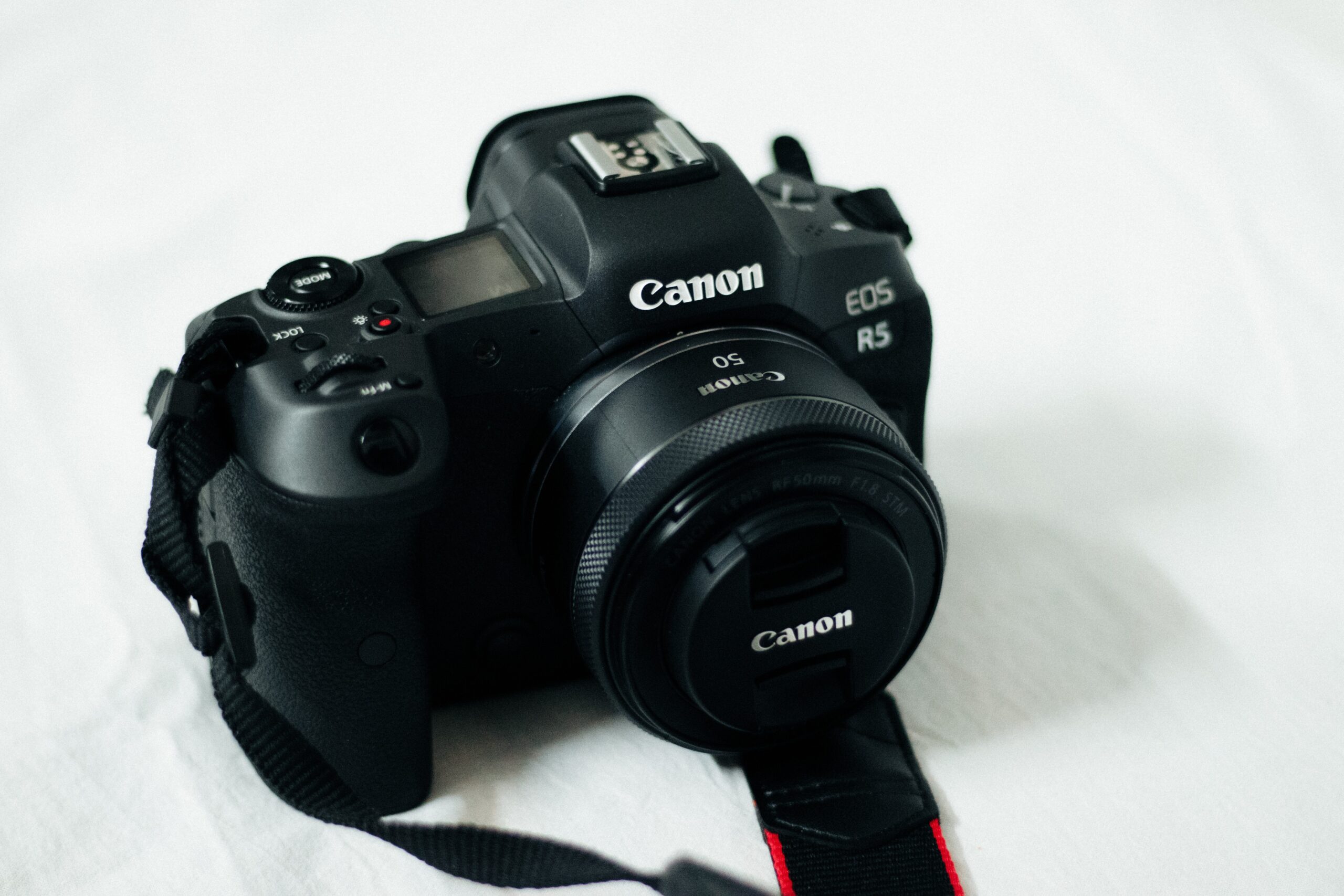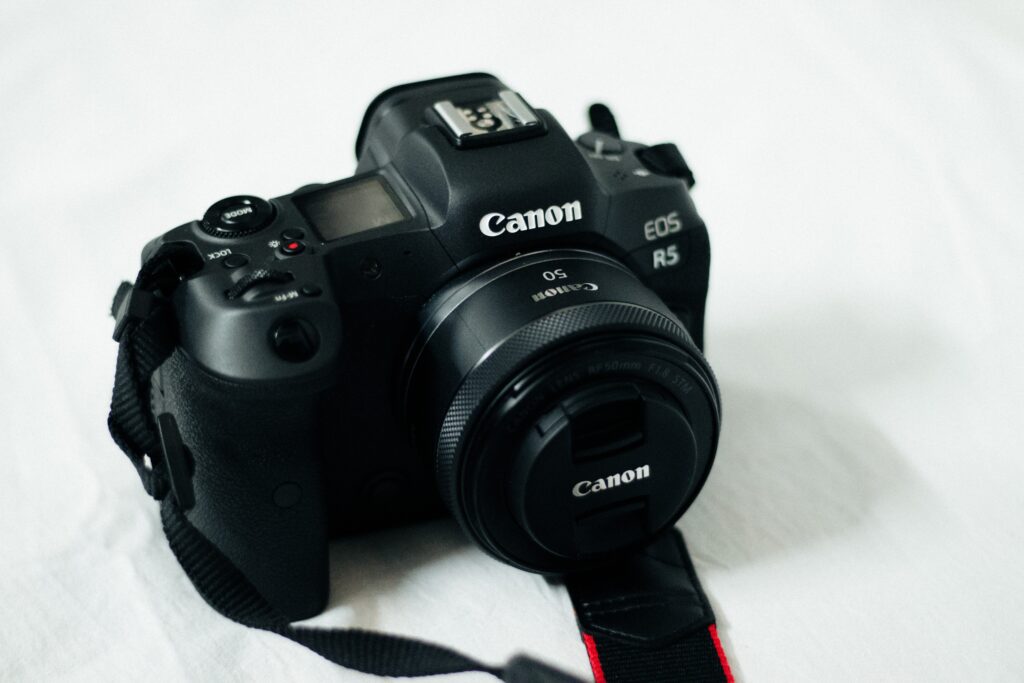The Canon EOS R50: Specs, What to Expect, and How It Fares Against Its R Series Companions


Major photography company Canon recently expanded its R camera series by introducing its newest member: the Canon EOS R50. This release supports the current mirrorless camera market forecast, which expect revenues to reach $2.54 billion in 2026 due to the public’s growing interest in photography, rising disposable income, and increasing access to photography equipment. Canon releasing the EOS R50 only supports these reasons: it is a budget and beginner-friendly mirrorless camera.
Here’s more on what this new camera can offer.
Specs
Aside from being beginner-friendly, Canon also wanted the EOS R50 to suit adventurers, which is why its product specifications are perfect for traveling. The model boasts a compact and lightweight body at 375 grams. It’s also equipped with an eye-level electronic viewfinder to assist in taking steady shots and provide convenience when shooting under bright sunlight.
Regarding photo and video quality, the Canon EOS R50 has a resolution of 24 MP for photos and 4K video capture. This is all thanks to its APS-C sensor, an image sensor format that captures more light when shooting. It also offers Canon’s Dual Pixel CMOS AF technology, which utilizes all pixels on the imaging sensor to detect focus and create higher-quality images and videos. Indeed, these specs make it the perfect camera companion when traveling and on the go.
What to Expect
Given the specs above, it’s important to note that the R50 is made with beginners in mind. It’s meant to be lightweight for convenience and equipped with image sensor formats and AF technology for an amateur’s hands. So though beginners will enjoy using this camera, professionals may find it subpar—especially those accustomed to heavy-duty and high-tech cameras with advanced specs.
In terms of price, the EOS R50’s body is estimated to retail at $679.99. Those interested in getting the R50 body and a lens can choose among the RF-S18-45mm lens for general purposes ($799.99), the RF-S18-45mm lens for close-ups ($1,029.00), and the RF-S55-210mm telephoto zoom lens ($1,029.00). These will all be available for purchase in spring 2023.
How It Fares Against Its R Series Companions
Canon designed its EOS R series cameras to capture fast action shots with superb image stabilization and enhanced subject detection. The series has 11 models thus far, the latest being the R50. They are all mirrorless cameras, meaning they have sensors that receive light straight from the lens. This results in quicker shooting capabilities and allows models to have sleeker bodies than DSLRs.
Now, let’s compare the R50 with the R5, its spiritual predecessor. Released in July 2020, the R5 has a 45 MP sensor for higher-quality images, subject detection with deep learning technology for better focus, and in-body stabilization for shooting photos at slower shutter speeds. The R50 only has lens stabilization, meaning the image will stabilize from the lens only. Overall, the R5 is better for those looking for a more capable camera or getting into professional photography.
Meanwhile, the R3 was introduced in April 2021. This professional-grade camera features a 24 MP back-illuminated sensor for better light capture, an ISO range of 100-102400 for extreme light sensitivity, and in-body image stabilized shake correction for sharp photos—even when the subject is in action. Therefore, this camera is for seasoned professionals.
Canon’s newest EOS R50 is a capable camera perfect for those who want to enter the world of photography. Its addition to the R series exemplifies the brand’s commitment to providing models for photographers of all skill levels.





